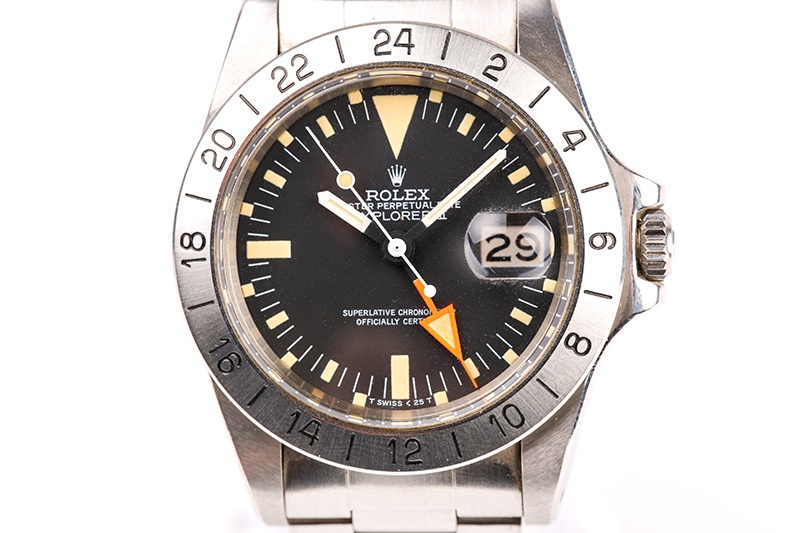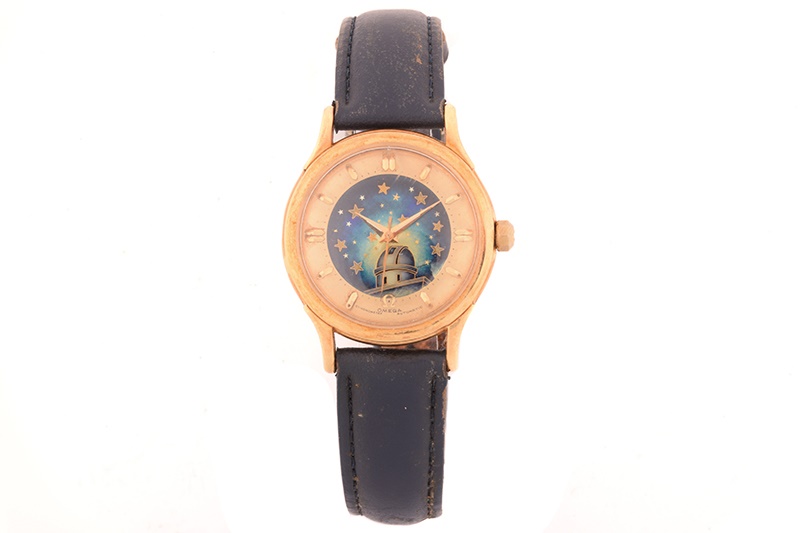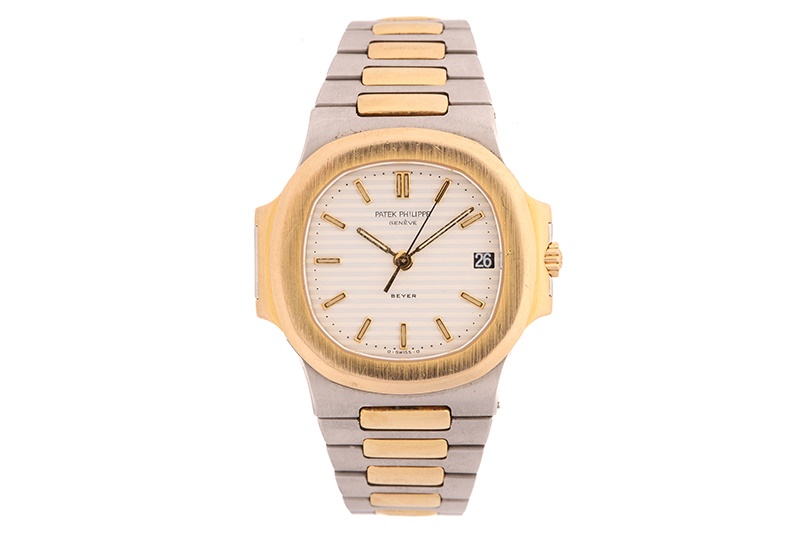Are Vintage Watches Worth Anything?
It is first important to understand what ‘vintage' actually means
05/03/2024
From as early as the 16th Century, people have been using watches to tell the time. Beginning with the clock watch, before developing into the more well-known pocket watch and finally the wristwatch, the function of the humble timepiece has gone from a purely practical and functional device, to one that can now showcase one’s style and elevate an outfit.
If properly cared for, watches can last for decades if not longer, and so a vintage watch represents not only the potential for an investment, but also the chance to display an interest in history, whilst still looking elegant and stylish.
A 1982 Rolex Oyster Perpetual Date Explorer II
What is a vintage watch?
When trying to establish the value of a vintage watch, it is first important to understand what ‘vintage’ actually means. It can get a little confusing when looking online, with terms like vintage, retro and antique being interchanged seemingly at random. But generally, ‘vintage’ applies to anything over 20-25 years old, and ‘antique’ applies to anything around 100 years old or older, with ‘retro’ being a vaguer term that could really mean either or even just a modern watch that is designed to look old – proceed with caution if a seller uses this term.
An Omega observatory automatic constellation watch
What affects vintage watch value?
It is important to note here that just because a watch is old, does not necessarily mean it is valuable or even rare. There are several things that can affect a watch’s value, such as:
- Brand and model: not all watches are built with high-precision quality. Indeed, some brands, such as Rolex or Omega, have a reputation for quality which ensures that vintage models command significant value.
- Rarity: just because a watch is old, does not mean that it is particularly rare. Many watches are mass-produced, so if your watch is part of a limited release, or perhaps even one-of-a-kind, then it will likely be worth much more.
- Condition: as with any collectible, the better the condition of the watch, the higher its value. However, do not confuse this with artificial quality – if your watch has been altered, with elements such as the hands, bezel or even dial changed out for things that are in slightly better condition, this can severely affect the value of a watch. Originals are almost always worth more than ‘Frankenstein-ed’ watches. This also tends to go for inscriptions on a watch case, but it is not unheard of for an inscription, say if it is from or addressed to someone famous, to increase the value of a watch.
- Aesthetic quality: Is the watch attractive and desirable? Whilst rarity and condition are perhaps more important in valuing a vintage watch, how it looks can affect the pool of potential bidders, so the more aesthetically pleasing a watch to the eye, the more likely it is to fetch a higher price.
- Papers/documentation: in an ideal world, everyone would keep and look after a watch’s papers for as long as they had the watch and then pass them on with it to whomever next owns the watch. Sadly, this isn’t always the case, and it is very possible that a vintage watch will no longer have its original papers. This is not the end of the world though, and although it is better for a watch to come with its papers, it is better to have a great vintage watch without papers than it is to get a mediocre watch with them.
You get what you pay for…
Whilst it is very possible to pick up vintage watches for bargain prices, this strategy does not come without significant risk. Even if a watch is original and in great condition, if it hasn’t been serviced for many years, there is a chance it will not run accurately, and the price of servicing a watch like this can be very steep. If you plan to buy a vintage watch, even as an investment that you will not wear day-to-day, we always recommend you buy it from a reputable source. Buying from a prominent auction house like Dawsons can be the best way to do so safely and with all relevant information relating to condition provided up-front.
An elusive double-signed Beyer dial Patek Philippe Nautilus Automatic Steel & Gold midi-size Watch
Selling a vintage watch
If you have a vintage watch in your possession that you are considering selling, we understand that there may also be an emotional attachment to the watch. Therefore, it is of even more importance to ensure you get the best price possible for your treasured timepiece. Whilst it can be sold immediately to certain watch dealers (both online and in person), we would always recommend brining that vintage watch to Dawsons.
Our sales are broadcast live across multiple auction platforms to a global audience of over 10 million active bidders for maximum exposure. Whilst Dawsons’ dynamic in-house marketing direct to buyers of vintage watches all over the world, across multiple social media platforms, ensures that we achieve the highest returns for our clients.
read more
How Do You Know if a Watch is Valuable?
What is the Best Way to Sell a Watch?
Are Watches a Good Investment?
Are you considering where best to sell a vintage watch?
With a global audience of millions, Dawsons can achieve the best price for you at auction.
Get in touch with an expert valuer today for confidential sales advice, we would be delighted to help:


